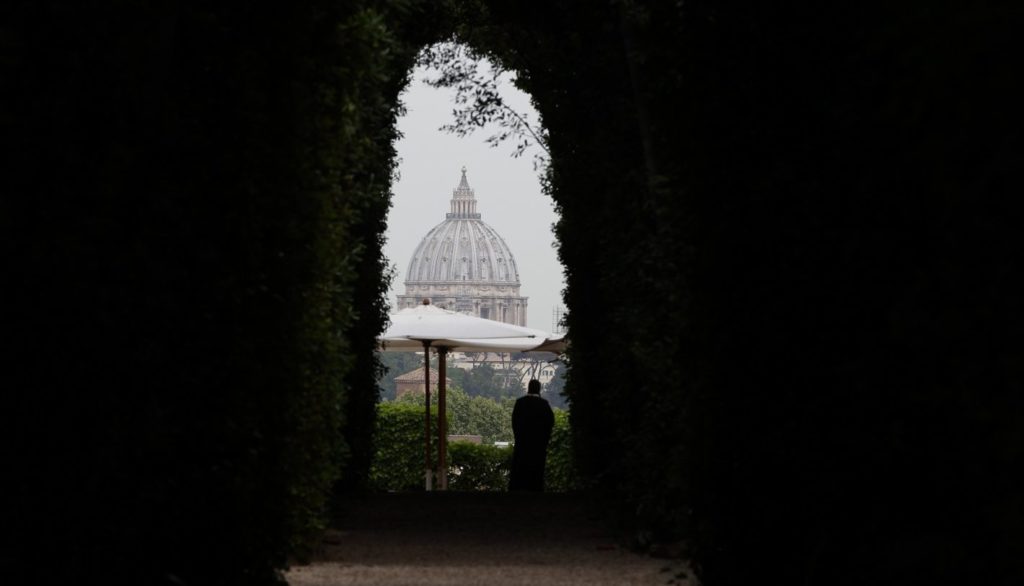In 2013 we indicated that the real beginning of the procedures that would lead to the completion of the reform of the Roman Curia - requested in the General Congregations before the Conclave that elected Pope Francis - was to be found in the appointment of the new Secretary of State, who took office on October 15 of that same year.
And it is remarkable that already on that occasion, commenting on his appointment, the then Archbishop Pietro Parolin, Apostolic Nuncio in Venezuela, spoke of his full willingness to collaborate for the good of the Church and "for the progress and peace of humanity, so that it may find reasons to live and hope". Already nine years ago, in fact, there were several conflicts shaking the world, starting with the Middle East regions, and Pope Francis had called for a first "prayer vigil for peace". That was on September 7, 2013.
These circumstances are relevant and raise questions precisely because, while the commitment made at the beginning of the pontificate to reform and rationalize the central operational structure of the Church of Rome has been kept, in the world, however, we are still in the "year zero" of peace, with a huge conflict even more exacerbated at the gates of Europe. A Europe, coincidentally, that the previous year (2012) had been awarded precisely the Nobel Peace Prize.
Also in those weeks of September 2013, Pope Francis had granted his first interview to the Jesuit magazine La Civiltà Cattolica, and speaking of the true role of the dicasteries of the Roman Curia, he had reiterated that they were "at the service of the Pope and the bishops: they have to help the particular Churches and the episcopal conferences. They are instances of help".
It was on this premise that the Praedicate Evangelium was prepared and delivered to the whole Church on the Solemnity of St. Joseph, March 19. Omnes already published a detailed analysis on the same day of its publication, by canonist Jesús Miñambres.
It is worth remembering that this reform comes 38 years after the previous Constitution Pastor Bonus desired by St. John Paul II. By formalizing in a single juridical text the numerous "small reforms" carried out by Pope Francis in the course of his pontificate, the document also expresses that principle of synodality and listening so dear to the Pontiff, having acquired, after the initial draft, observations, opinions, suggestions and requests from the heads of Dicasteries of the Roman Curia, from the Cardinals gathered in Consistory and indications from the local Episcopates.
Observing the appearances of the most frequently cited words in the text, in addition to the inevitable ones of dicastery, Church and bishops, service, competence, faith, pastoral, collaboration, mission, formation, communion, doctrine, laity, relationships, Gospel and justice clearly emerge. These terms alone quickly outline the basis of this Reform, which seeks to strengthen the process of proclaiming the Gospel in contemporary times. It is not, in short, a simple makeover - procedures that are, among other things, very unpleasant for the Pope - but a true regeneration of processes, competencies and vision.
We are now waiting for the Editio Typica in Latin, with its publication in L'Osservatore Romano, in order to have the definitive text of the document (and also the legally valid one), from which translations into the other principal languages will follow. It is understood that the reform will enter into force on June 5, the day of Pentecost.













